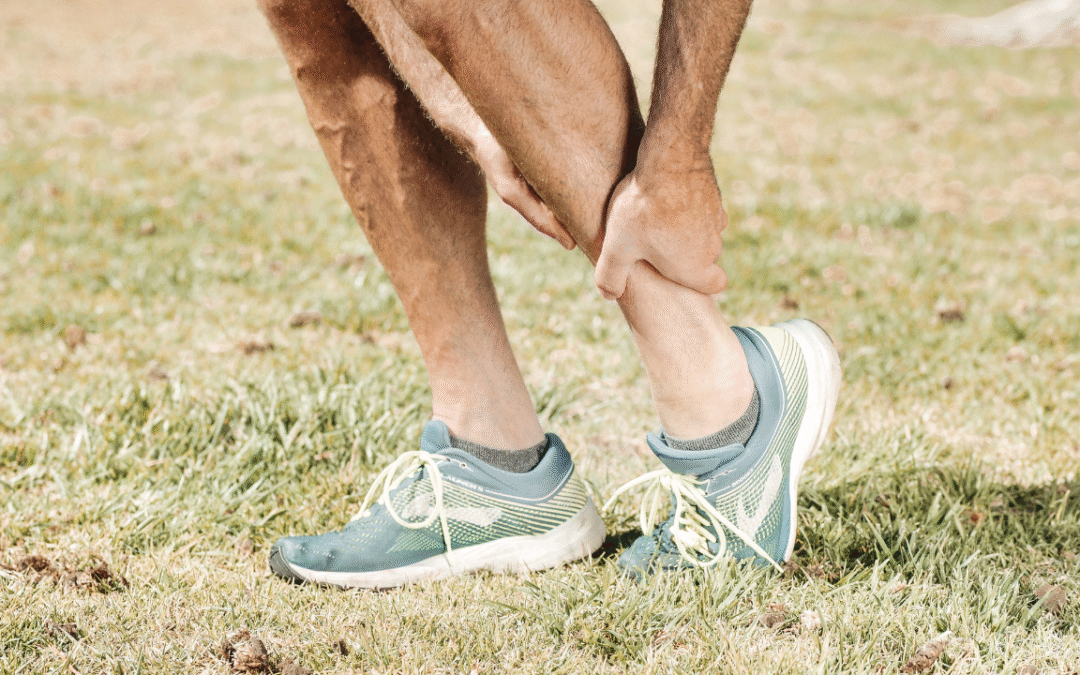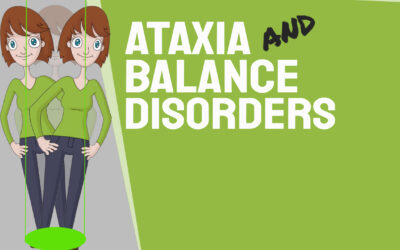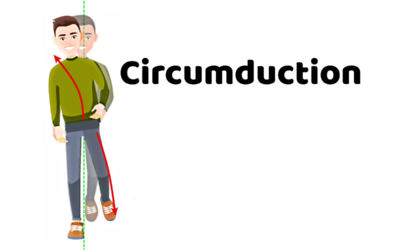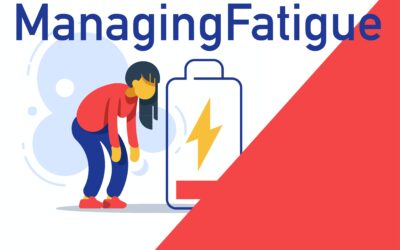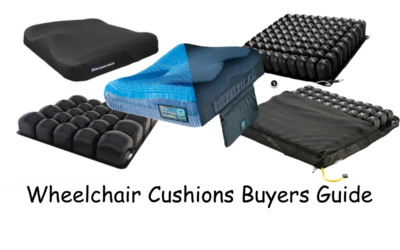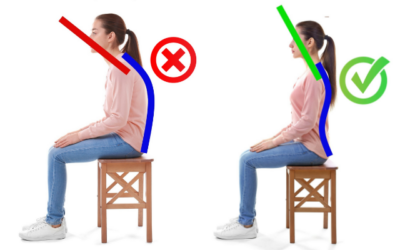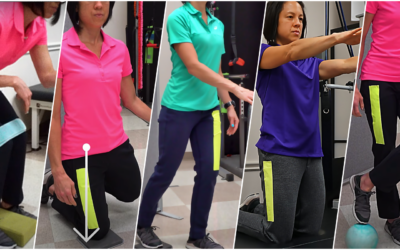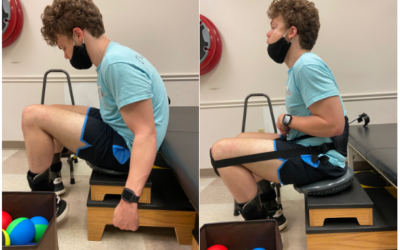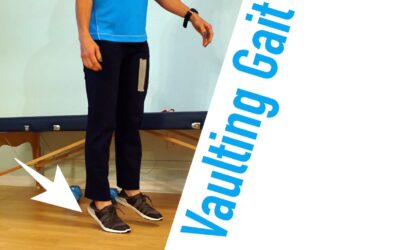Ankle Mobility Exercises to Boost Balance and Walking
Ankle stiffness is one of the most common issues people face after a stroke or any neurologic injury. It can make walking harder, cause your toes to catch, or even affect your balance. But here’s the thing, improving ankle mobility doesn’t have to be complicated.
In this blog, I’ll walk you through why ankle motion matters, what causes stiffness, and easy ways to stretch your ankle safely at home.
What is Ankle Dorsiflexion?
Dorsiflexion is when your foot comes up closer to your shin bone, basically the opposite of pointing your toes. It helps you lift your foot when you walk so you don’t trip or drag your toes. You need about 10 degrees of that upward motion for normal walking.
If your ankle doesn’t move enough, your step can look “flat-footed” or you might have trouble getting your heel to the ground when you walk.
Why Does the Ankle Get Stiff?
There are a few reasons why someone might lose ankle range of motion after a stroke or other neurologic injury. Understanding this helps you figure out which stretches are right for you.
1. Seated Stretch (Great for Most People)
Sit in a sturdy chair and put your foot on a small step or stool in front of you. Bend your knee so it’s directly over your ankle and lean forward gently.
If you can’t lean forward, you can place a small weight (like a sandbag or bag of rice) on top of your leg to add pressure.
Hold that position for about a minute.
2. Wall Stretch
If your foot tends to slide forward, do the same thing but place your toes against a wall. This helps hold your foot in place.
Lean your knee toward the wall until you feel a gentle stretch in the back of your ankle.
3. Standing Stretch
Step one foot forward and keep your back heel down. Bend your front knee and let your body weight gently stretch the back ankle.
Hold for about one minute, then switch sides.
4. Gentle Rocking Stretch
If your ankle bones feel stiff, try this one:
Tie a resistance band (TheraBand) around the front of your ankle and attach it to something sturdy behind you. Gently rock forward and backward.
This helps your ankle joint move more freely.
A Few Helpful Tips
Keep your heel down during stretches.
Hold stretches for 30–60 seconds.
Don’t push into pain. A gentle stretch is enough.
Be consistent! Doing these every day helps the most.
Final Thoughts
Regaining ankle flexibility takes time, patience, and consistency, but every small improvement matters. When you work on stretching your ankle toward dorsiflexion, you’re not just loosening muscles, you’re retraining your body to walk smoother, feel steadier, and move with more confidence.
Remember: it’s not about forcing a stretch or chasing quick results. Focus on gentle, controlled movement and good positioning. If something feels painful, ease up or adjust your setup.
Try adding one or two of these stretches into your daily routine. Over time, you’ll start to notice those little wins, like being able to step more easily, keep your heel down, or feel more balance when walking.
Your brain and body are both learning every time you practice, so stay patient and celebrate every bit of progress.
Want to Go Further?
If you’re ready to take your rehab to the next level, check out our Membership Plans. You’ll get access to 400+ neuro-specific exercises, plus our live Q&A sessions every month where I answer your questions personally.
You’ve got this! Keep moving and keep stretching.
Articles you may be interested in
Physical therapists are not as important as they think
I am not as important as I think I am. More broadly, physical therapists are NOT as important (to a rehab plan) as they may think. No, seriously. Ok, maybe half seriously. 2020 has been "unprecedented" (I couldn’t resist 🙃). I did what I thought I would never do....
Balance Training for Ataxia
Balance training is a critical component for anyone with ataxia. This is due to the fact that ataxia negatively impacts the balance system and is one of the leading causes of disability. Ataxia is caused by damage to the cerebellum. The cerebellum plays a MAJOR role...
5 Problems that Lead to Circumduction
Circumduction is a “walking problem” that is characterized by the leg swinging out to the side. This is typically a compensatory strategy to prevent someone from catching the foot on the ground. Before we dive into what might be causing you to swing the leg around the...
Managing Fatigue with a Neurologic Condition
Fatigue is a major problem with a variety of neurologic conditions. Feeling fatigued can be a HUGE barrier in your physical recovery and it can also dramatically impact your overall quality of life.That being said, managing fatigue might be the single most important...
Movement Retraining when dealing with Spasticity
Spasticity is an involuntary muscle contraction due to damage to the brain or spinal cord. This can cause muscle stiffness and pain. Additionally, involuntary muscle contractions cause the body to move in ways that feel out of one’s control. This is turn can create...
Complete Guide to Buying a Wheelchair Cushion
Wheelchairs are an extremely valuable piece of equipment during the neurologic recovery process. They provide a means of getting around when walking is not safe and/or is not possible. However, they also come with the risk of developing pressure ulcers. Pressure...
Most Neglected Post Stroke Shoulder Exercise
Post stroke shoulder retraining often includes moving the arm bone. Unfortunately, many movement retraining programs fail to address the shoulder blade (flat bone on the back of the shoulder and the thoracic spine. Moving the humerus requires proper movement of the...
Relearn to walk: Progression (with videos)
Are you super eager to relearn to walk? Walking is a HUGE goal for anyone who has lost that ability. Walking means different things to different people. And quite honestly, has far less meaning until you have lost this fundamental skill. All that being said, it is...
Product Spotlight: This tool improves trunk alignment
Better posture means better arm rehabilitation. Period. Said another way, proper trunk alignment is essential for efficient arm movement. However, in most cases, hemiparesis (weakness on one side of the body), paraparesis (weakness on the lower half of the body), and...
Vaulting Gait After a Stroke
Vaulting is a walking abnormality where someone will rise up on their toe to ensure their “swinging” leg clears the ground. Under normal conditions, the swinging leg must “shorten” as it passes by the ground. To “shorten” the leg the knee must bend and the foot must...

